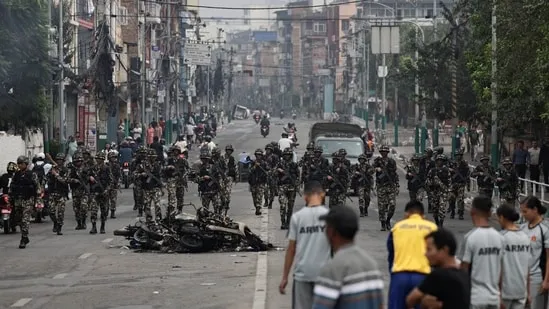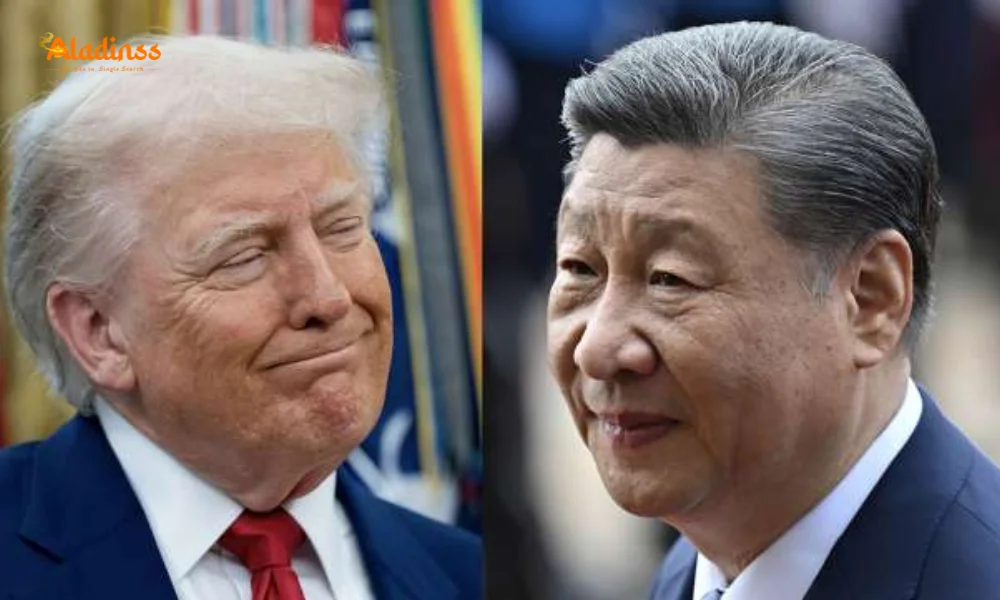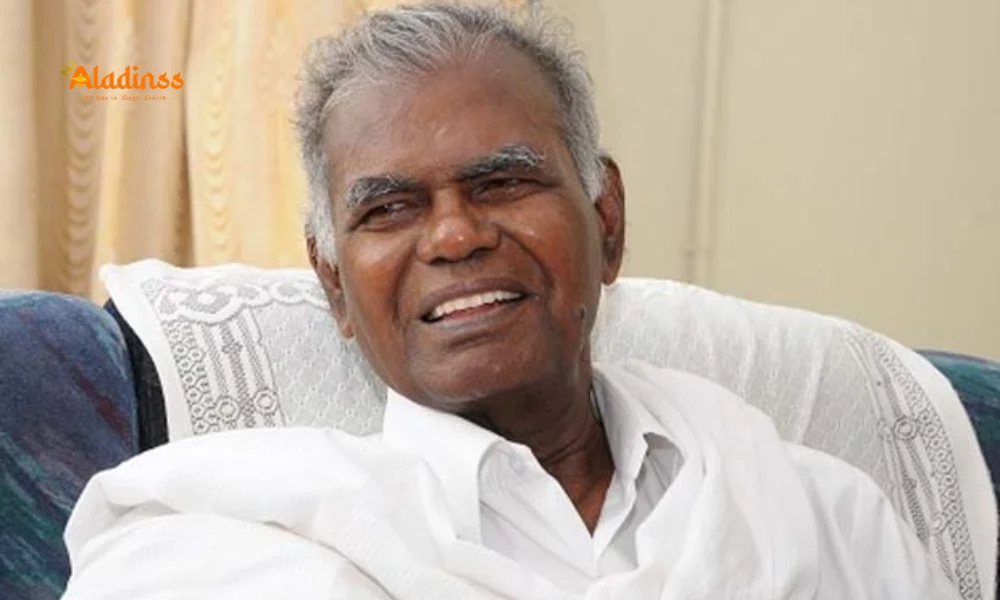Nepal Army Fires at Ramechap Prison Inmates

Nepal Army Fires Shots at Ramechap Prison Inmates Amid Unrest
On Thursday, September 11, 2025, the Nepal Army opened fire on inmates attempting to escape from Ramechhap District Prison, wounding over a dozen prisoners. The incident occurred amidst widespread unrest in Nepal, triggered by Gen Z-led protests over a short-lived social media ban and deep-rooted frustrations with corruption. This breaking news report details the chaotic events at Ramechhap Prison, the broader context of nationwide prison breaks, and the ongoing efforts to restore order in the Himalayan nation, which has seen significant violence and a death toll of approximately 25 people.

Mass Breakout Attempt at Ramechhap Prison
The situation at Ramechhap District Prison escalated rapidly as inmates, taking advantage of Nepal’s ongoing political turmoil and power vacuum, attempted a mass breakout. According to Chief District Officer Shyam Krishna Thapa, prisoners managed to break through several internal locks and were attempting to smash open the main gate when security forces intervened. “Around 12 to 13 inmates were injured after the army opened fire as they reached the gate,” Thapa reported, as cited by The Kathmandu Post. The use of live ammunition was deemed necessary to prevent a large-scale escape, and police later confirmed that the situation at the prison, located in ward 8 of Ramechhap Municipality, was brought under control.
Ramechhap Prison, housing over 300 inmates, became a flashpoint in a series of jailbreak attempts across Nepal. The facility’s security was compromised as inmates exploited the chaos caused by nationwide protests, which have overwhelmed law enforcement and led to significant disruptions. The Nepal Army, alongside the Nepal Police and Armed Police Force, has been deployed to secure the prison and prevent further incidents. The injuries sustained by the inmates, none of which were reported as fatal, highlight the volatile nature of the situation and the challenges faced by security forces in maintaining order.
Nationwide Prison Breaks Amid Unrest
The incident at Ramechhap Prison is part of a larger wave of prison breaks across Nepal, with local media reporting that over 13,500 inmates have escaped from more than 25 facilities nationwide. Major cities like Kathmandu, Pokhara, and Lalitpur have seen significant jailbreak incidents, with inmates setting fires, breaking walls, and overpowering guards to flee. For instance, at Dillibazar Jail in Kathmandu, inmates attempted to escape by setting fires, but were subdued by the Nepal Army. In Nawalparasi West, over 500 inmates fled after setting fires and chanting slogans demanding release, while in Mahottari, 572 prisoners escaped from Jaleshwar prison with the help of external protesters.
The Kathmandu Post reported that the escapes have caused widespread fear among the public, with many victims of the escaped convicts fleeing their homes to avoid reprisals. The deadliest incident occurred at the Banke Juvenile Reform Centre, where five juvenile inmates were killed during clashes with security forces attempting to prevent an escape. MyRepublica newspaper cited Home Ministry sources, noting escapes from facilities including Dillibazar Jail (1,100 inmates), Nakkhu (1,200), and Kaski (773), among others. These incidents underscore the scale of the crisis, as Nepal grapples with a breakdown in law and order amid violent anti-government protests.
India’s Response at the Indo-Nepal Border
India’s Sashastra Seema Bal (SSB), tasked with guarding the 1,751-km open border with Nepal, has been on high alert since the unrest began. On Thursday, the SSB apprehended 22 Nepali prisoners attempting to cross into India near Siddharthnagar in Uttar Pradesh. The prisoners, who had escaped from various jails, were handed over to local police for further investigation. The SSB has intensified patrolling and strengthened deployments along the border, effectively sealing it to prevent further crossings. This heightened vigilance reflects India’s concern about the potential spillover of Nepal’s unrest, particularly as the protests have led to significant law enforcement challenges.
The border sealing comes as part of broader security measures, with Uttar Pradesh Police also monitoring social media for sensitive content related to the Nepal crisis. Chief Minister Yogi Adityanath directed authorities to maintain close surveillance to manage any potential threats. The arrests at the Indo-Nepal border highlight the regional implications of Nepal’s unrest, as neighboring countries brace for the possibility of increased criminal activity or refugee flows stemming from the ongoing protests and prison breaks.
Roots of the Unrest: Gen Z Protests and Social Media Ban
The unrest in Nepal was sparked by a controversial government ban on 26 social media platforms, including WhatsApp, Instagram, and Facebook, implemented on September 4, 2025. The ban, justified by authorities as a measure to curb hate speech and cybercrime, was widely criticized as an attempt to suppress an anti-corruption movement led by Nepal’s Gen Z population. The protests, which began on September 8, quickly escalated into violent clashes, resulting in at least 25 deaths and over 600 injuries. The demonstrations forced Prime Minister KP Sharma Oli to resign on September 9, leaving the country in a state of political uncertainty.
The social media ban was repealed on September 9, but the protests continued, fueled by long-standing grievances over corruption, nepotism, and economic inequality. Protesters, primarily young adults and students, targeted government buildings, setting fire to the Parliament and Supreme Court in Kathmandu, as well as the residences of political leaders. The Nepal Army imposed a nationwide curfew and restrictive orders to control the situation, but the unrest has persisted, with demonstrators defying curfews and clashing with security forces in cities like Pokhara, Butwal, and Birgunj.
Kathmandu Mayor’s Appeal for Calm
In response to the escalating violence, Kathmandu Mayor Balen Shah took to social media platform X to appeal for calm. Describing the situation as “unprecedented,” Shah urged Nepal’s youth and the wider public to remain patient as the country transitions to an interim government. “Please be patient. Now the country is going to get an interim government, which will hold new elections… to give the country a new mandate,” he wrote. Shah’s message reflects the government’s efforts to stabilize the situation and restore public confidence amid the chaos, with fresh elections seen as a potential path to resolving the political crisis.
The Nepal Army, in a statement issued on September 9, also called for peace and national unity, expressing condolences for the lives lost and urging protesters to act responsibly. The army’s commitment to safeguarding national sovereignty and public safety has been a cornerstone of its response, with troops deployed to secure key government facilities and prevent further vandalism and looting. The reopening of Kathmandu’s Tribhuvan International Airport on September 10, after a brief shutdown due to nearby fires, signals a gradual return to normalcy, though prohibitory orders remain in place.
Broader Implications of the Crisis
The wave of prison breaks and the violent protests have raised serious concerns about Nepal’s stability. The escape of over 13,500 inmates, many of whom were convicted of serious crimes, poses a significant threat to public safety. The Nepal Army’s intensified crackdown, coupled with the deployment of additional security forces, aims to recapture the escaped prisoners and restore order. However, the scale of the escapes, combined with the ongoing protests, has stretched law enforcement resources to their limits, creating a challenging environment for authorities.
The protests, described as a “Gen Z movement,” have drawn comparisons to similar youth-led uprisings in South Asia, such as those in Bangladesh and Sri Lanka, where public anger over governance and economic issues led to significant political change. In Nepal, the movement has galvanized young people frustrated by systemic corruption and the lavish lifestyles of the political elite, as evidenced by trending hashtags like #nepobabies and #nepokids. The social media ban, which disrupted communication for many Nepali families reliant on remittances from abroad, further fueled public outrage, highlighting the government’s disconnect with its citizens.
International Reactions and Security Measures
The international community has closely monitored Nepal’s crisis, with India and China expressing concerns about regional stability. India’s swift response at the border, coupled with China’s call for Nepal to “properly handle” domestic issues, underscores the geopolitical implications of the unrest. The Russian Embassy in Nepal advised its citizens, particularly climbers in the Himalayas, to avoid traveling to Kathmandu, the epicenter of the protests. Meanwhile, a group of over 40 devotees from Gujarat, India, trapped in Nepal during the violence, received assurances of support from Indian authorities, highlighting the broader impact on regional travel and safety.
The United Nations Human Rights Office has called for a “prompt and transparent investigation” into the deaths during the protests, urging the Nepali government to reconsider its approach to regulating social media and addressing public grievances. The international spotlight on Nepal’s crisis underscores the need for a balanced response that addresses both security concerns and the underlying causes of public discontent.
Comment / Reply From
No comments yet. Be the first to comment!











